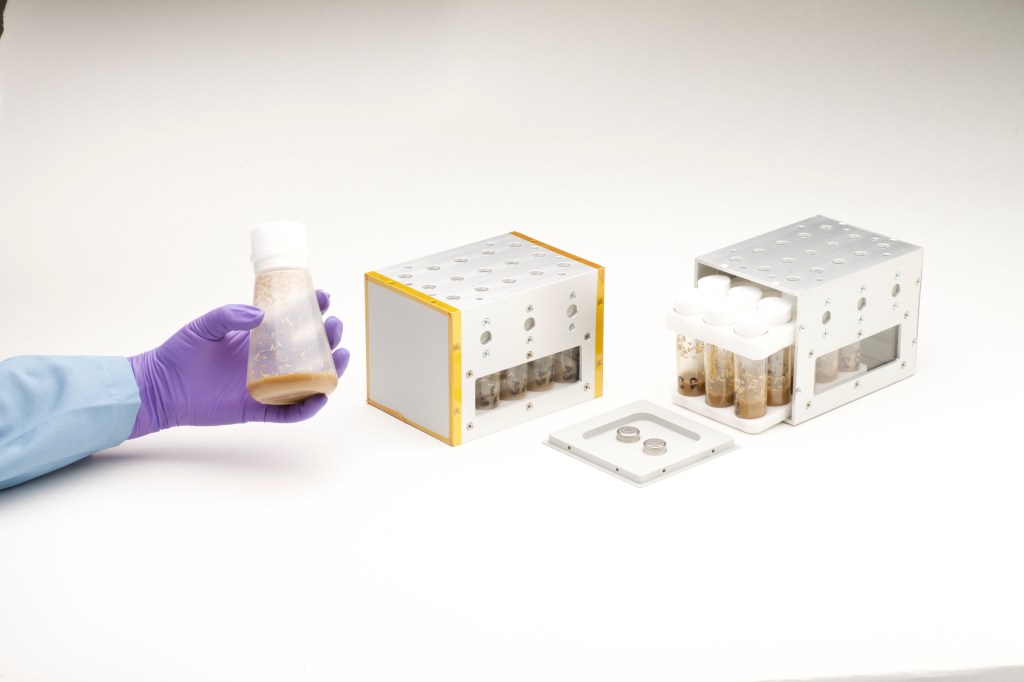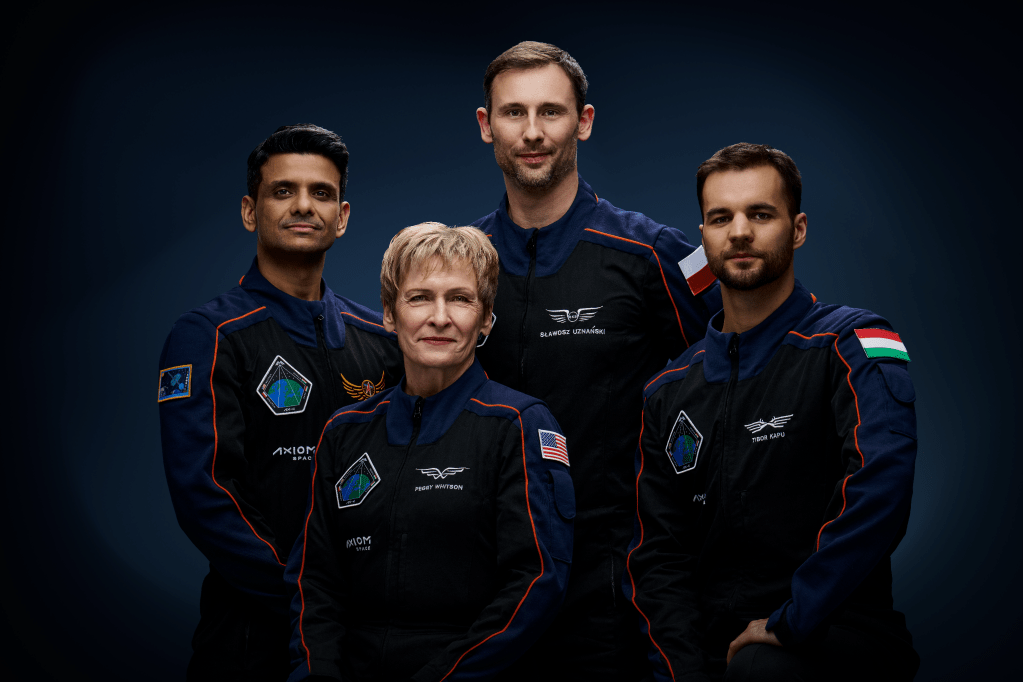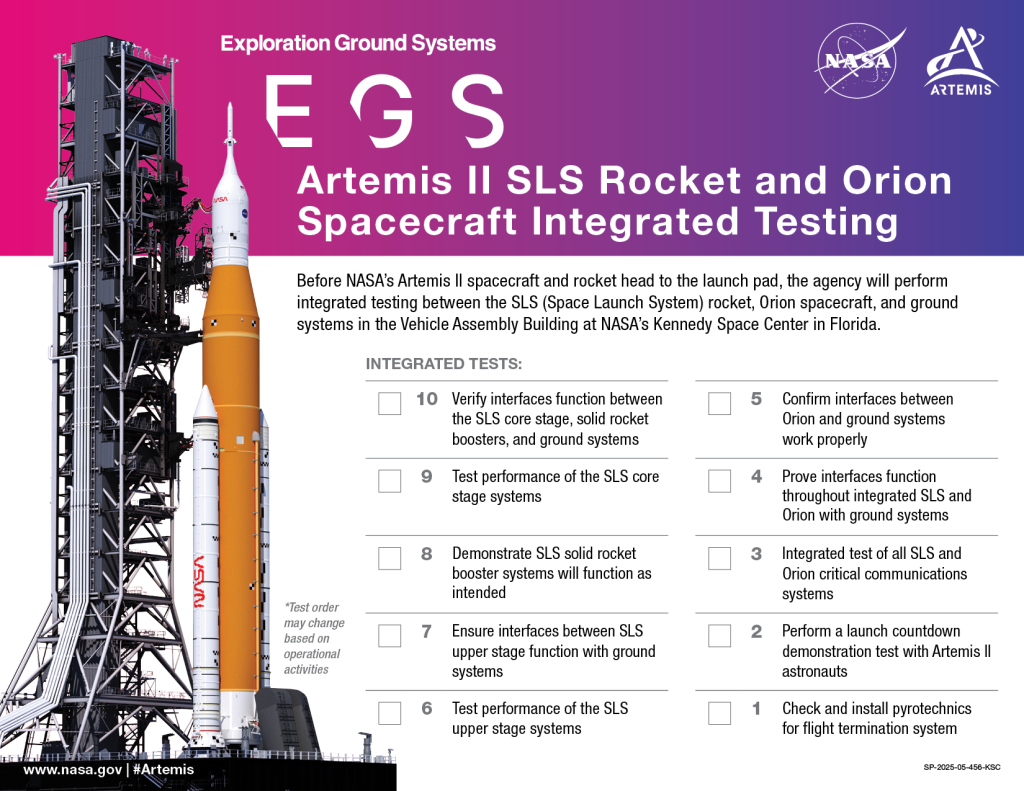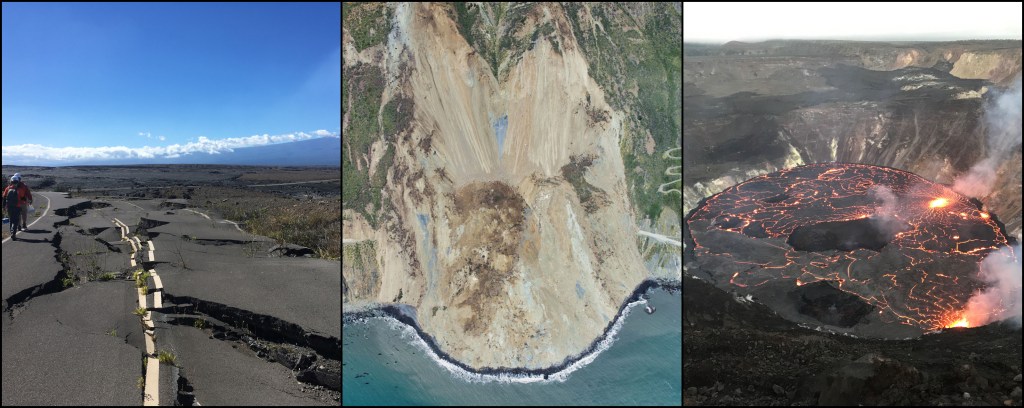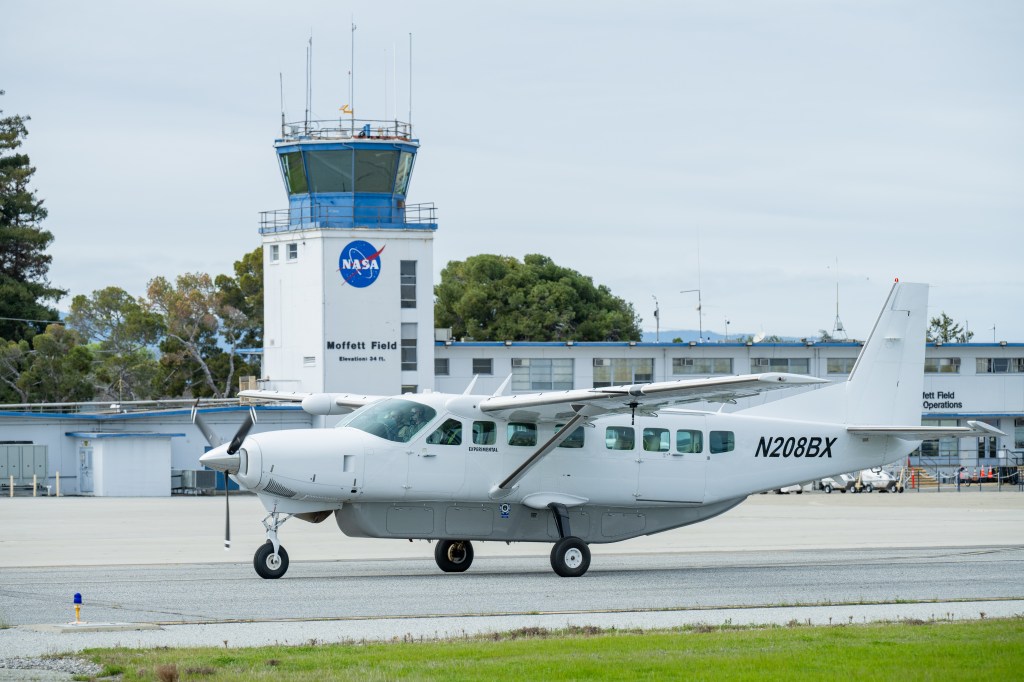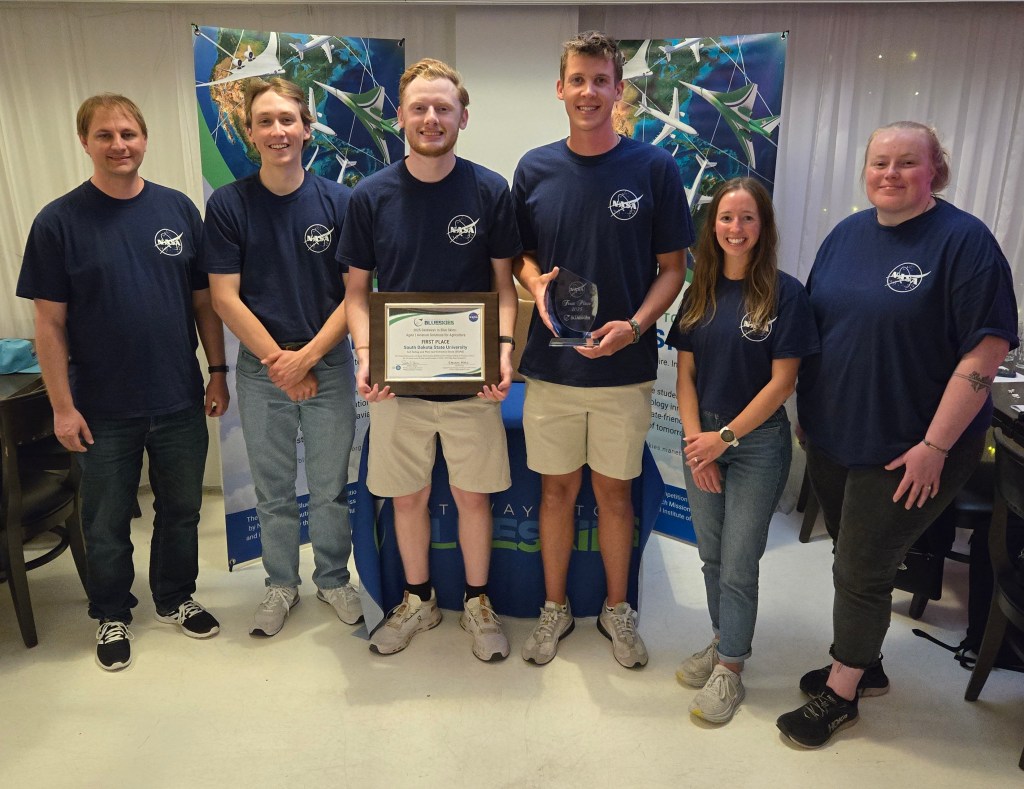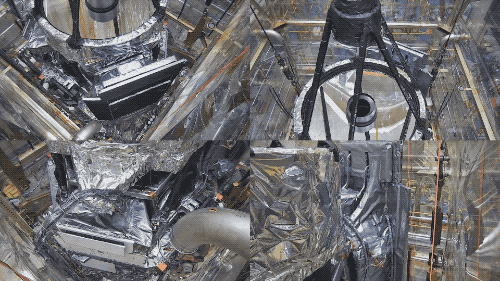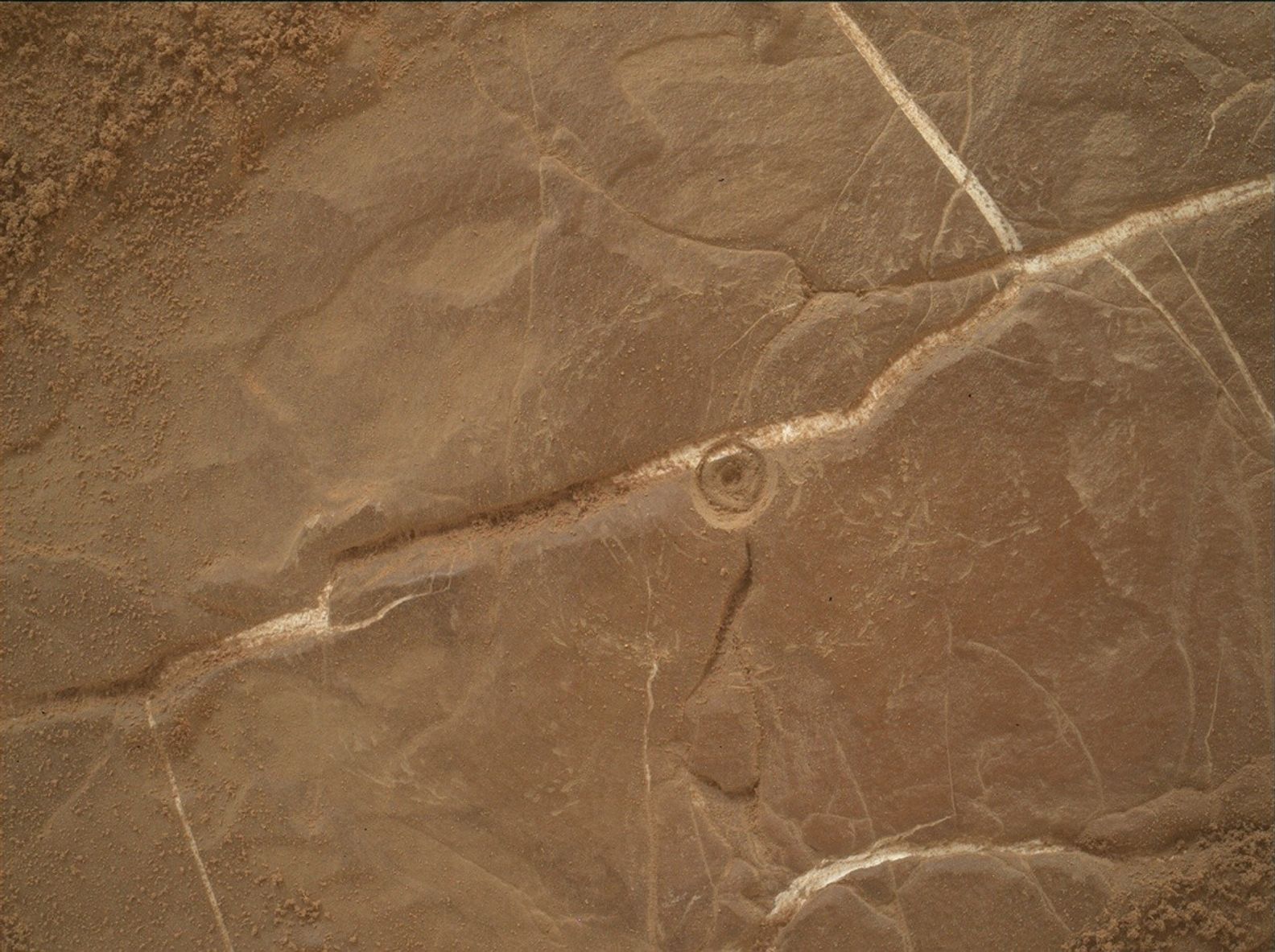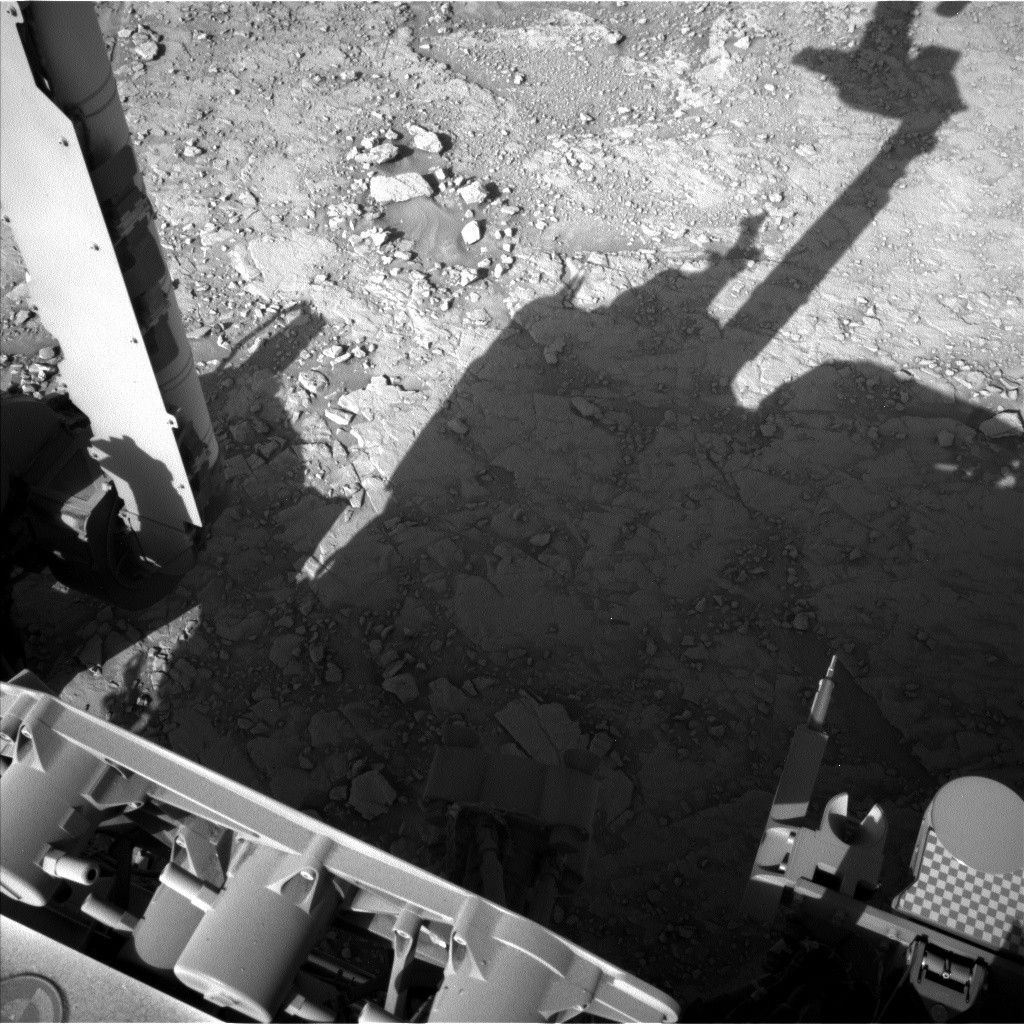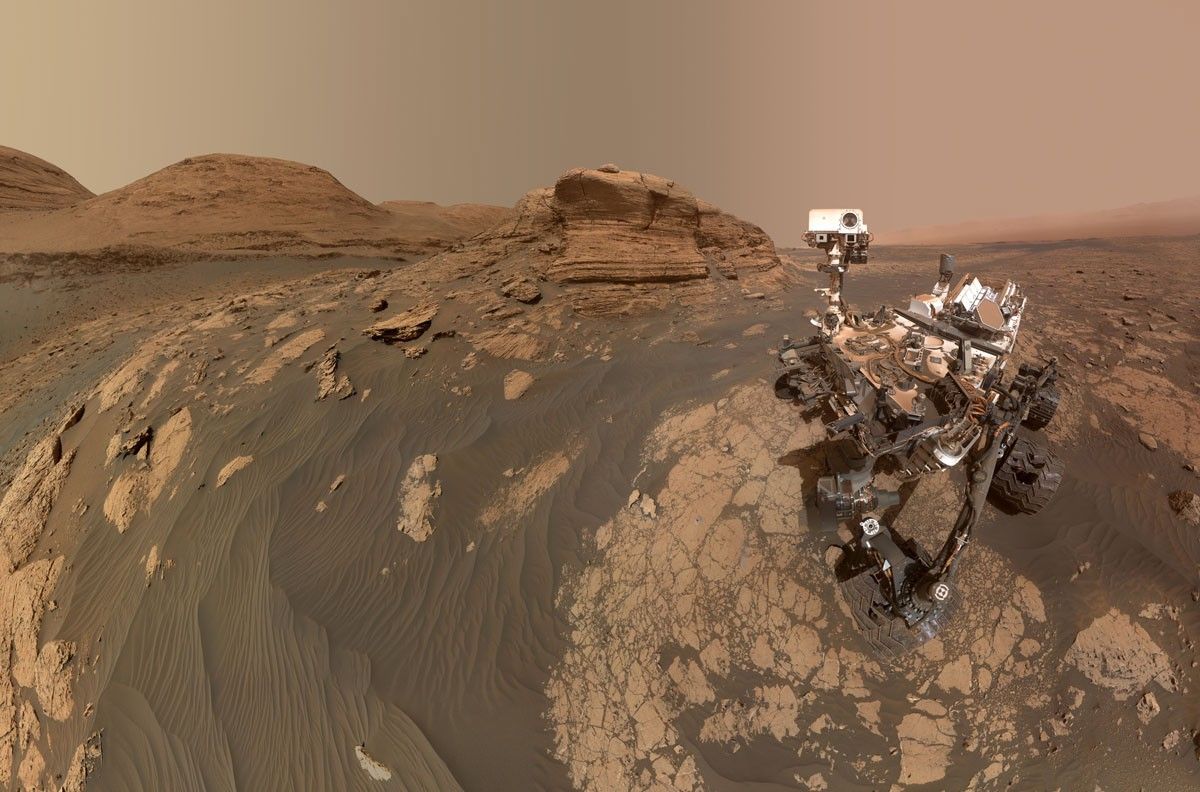Those of us supporting MSL tactical mission operations are living on "Mars time."
Those of us supporting MSL tactical mission operations are living on "Mars time." A day on Mars, or "sol" is about 40 minutes longer than a day on Earth, but our workday doesn't shift exactly 40 minutes later each day because the tactical schedule is tied to the receipt of data from the orbiters that are relaying information from MSL to Earth. Each orbiter (MRO and Mars Odyssey) flies over MSL twice a day, early in the morning and late in the afternoon. But they don't fly over MSL at the same time every day, because their orbits were designed to view different parts of Mars every sol so that the orbiter instruments can observe a wide variety of locations on the planet. So the start time of the tactical shifts can vary by up to a couple hours from day to day, but overall slips later and later, cycling through 24 hours on Earth in about 5 weeks. I had been getting to JPL at about 5:30 each morning, but didn't have to be there until 6:30 this morning. I was treated to a beautiful sunrise when I arrived, and felt more like an Earthling than a Martian for a change!
Today's planning of MSL activities went very well--the operations team is learning how to work more efficiently while ensuring that every command is safe to send to the rover. Meanwhile, the rest of the science team discussed where to drive after the mobility system is checked out. The favored plan is to drive toward the east to examine an outcrop of bright material . But first, we have to make sure everything is working well. The good news today was that the DAN neutron experiment is working well, and SAM's electrical baseline test was successful. More instrument checkouts are planned for the next few sols--more on those later.
Ken
Written by Ken Herkenhoff, Planetary Geologist at USGS Astrogeology Science Center







